This lens is beautiful. It’s polished steel with knurled grips on the focus and aperture rings and has the shape of a birthday cake! It’s small too, but this is a requisite for using lenses with my Pen F (with an M42 adapter).
It’s old, which is often a quality that I enjoy in… … things… most of all in cameras and associated bits and bobs.In the case of this lens, it’s probably more than 70 years old. It came attached to a deceased Edixa Flex. As far as I know the Edixa company produced SLRs as early as the mid 1930s. Please feel free to correct me if I’m wrong.
Age in lenses means coatings on the glass can be aged, if there are any at all. In the case of this lens, I’d vote for it having no coatings, hence immense ghosting, flare and the general softer focus look. I haven’t tried to clean it inside – that’s a future project. But, I like to use it nonetheless. Most of my photography is taking old looking pictures with old looking cameras.
Most of the photos are from a market in a nearby town in late afternoon on an overcast day with no direct sunlight.
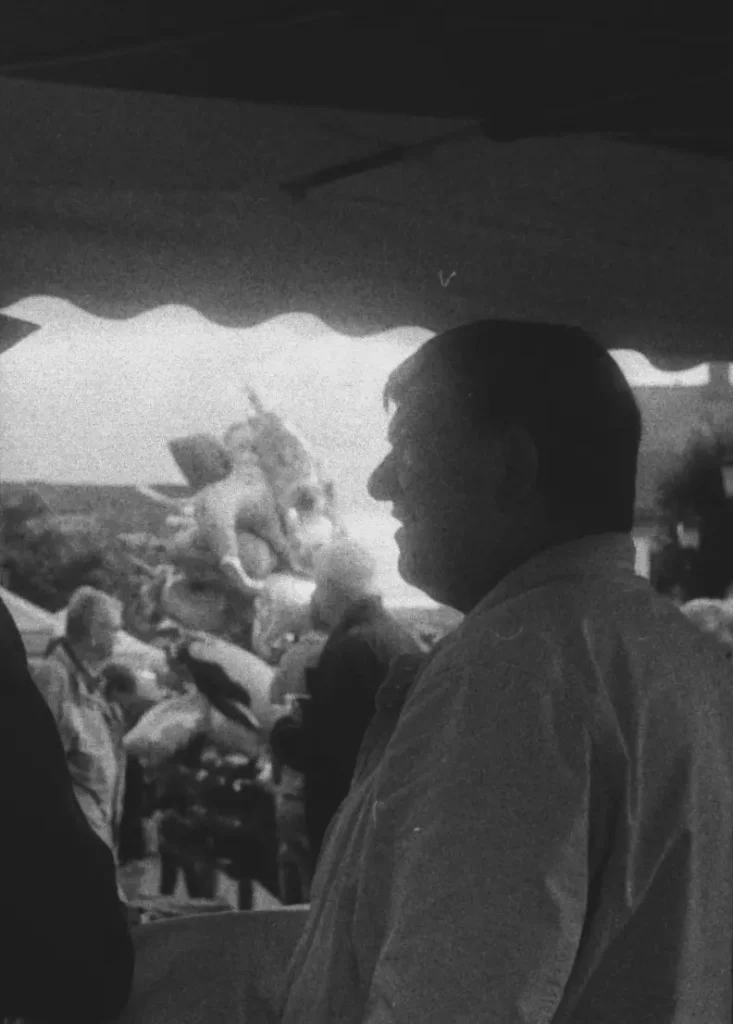
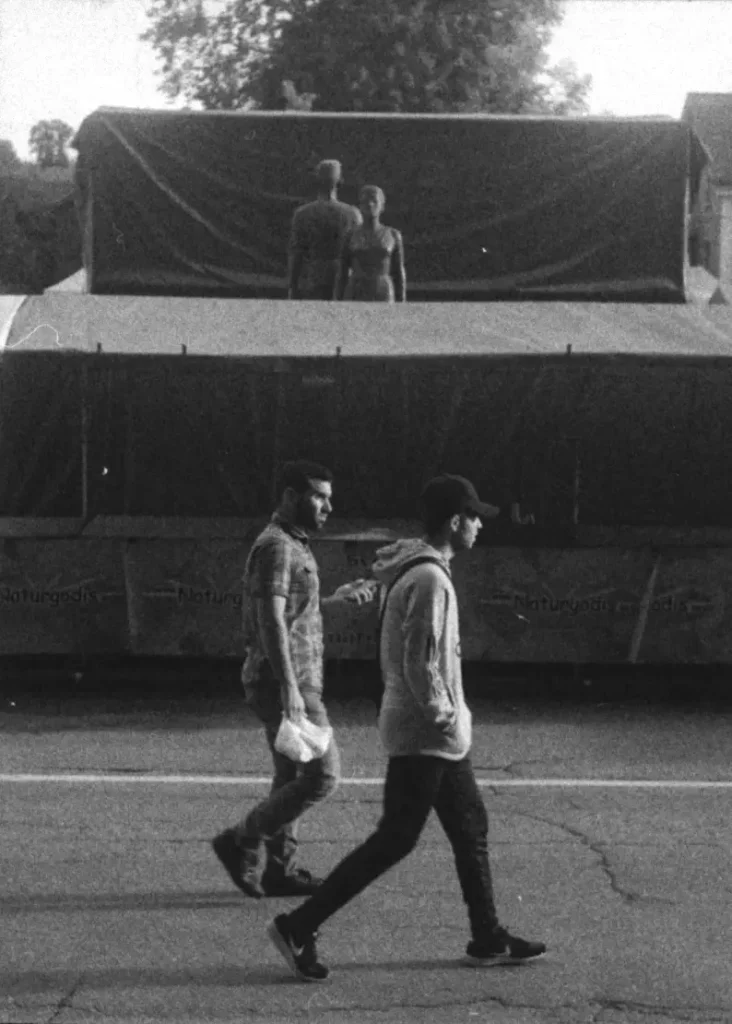
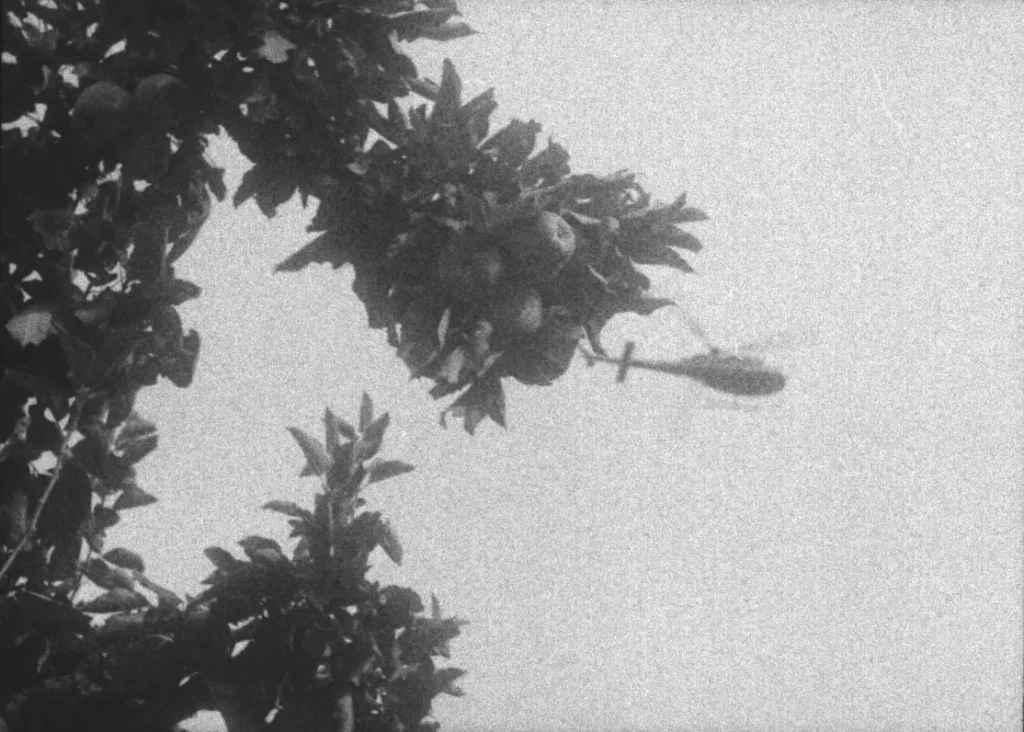
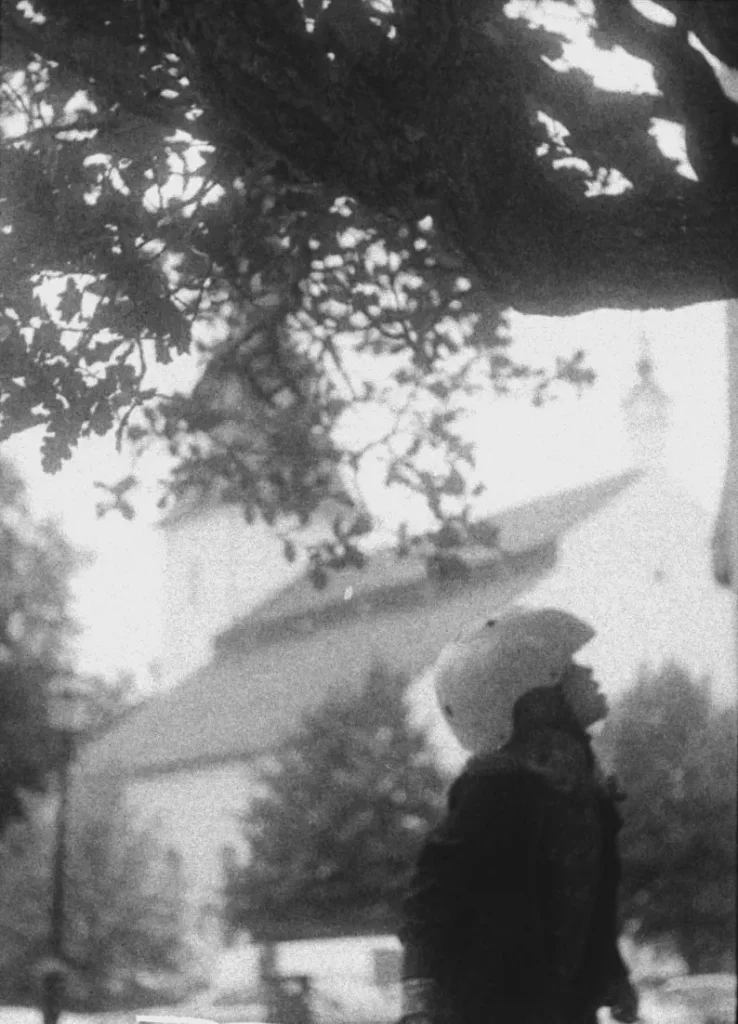
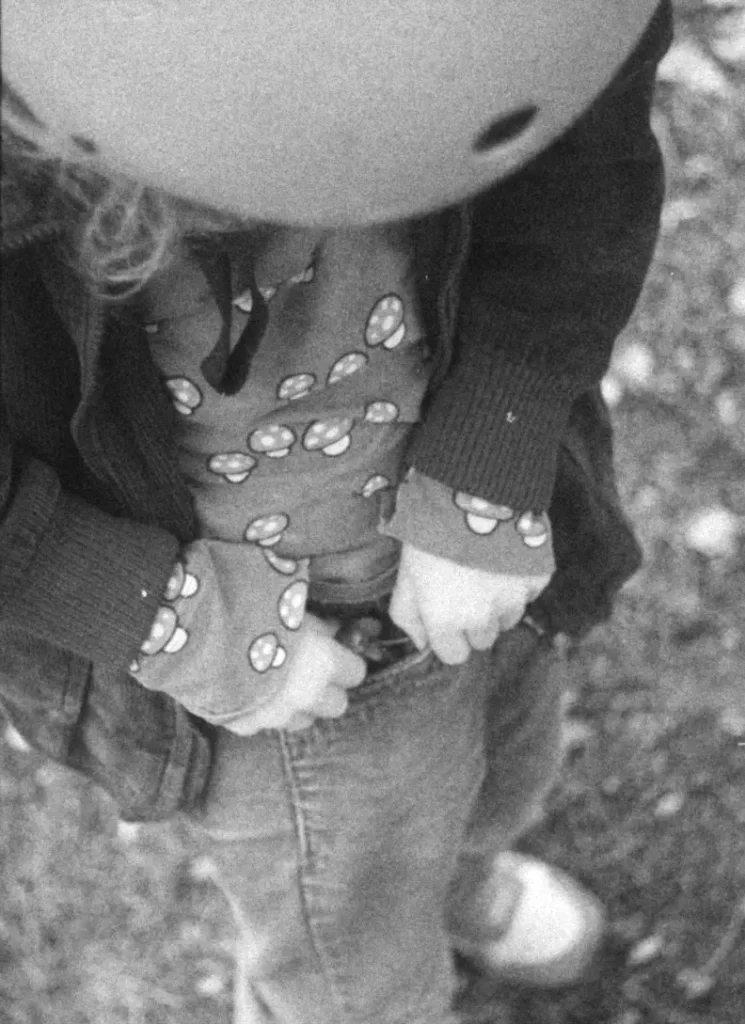
Thanks for reading!
Visit my blog for further adventures!
Share this post:
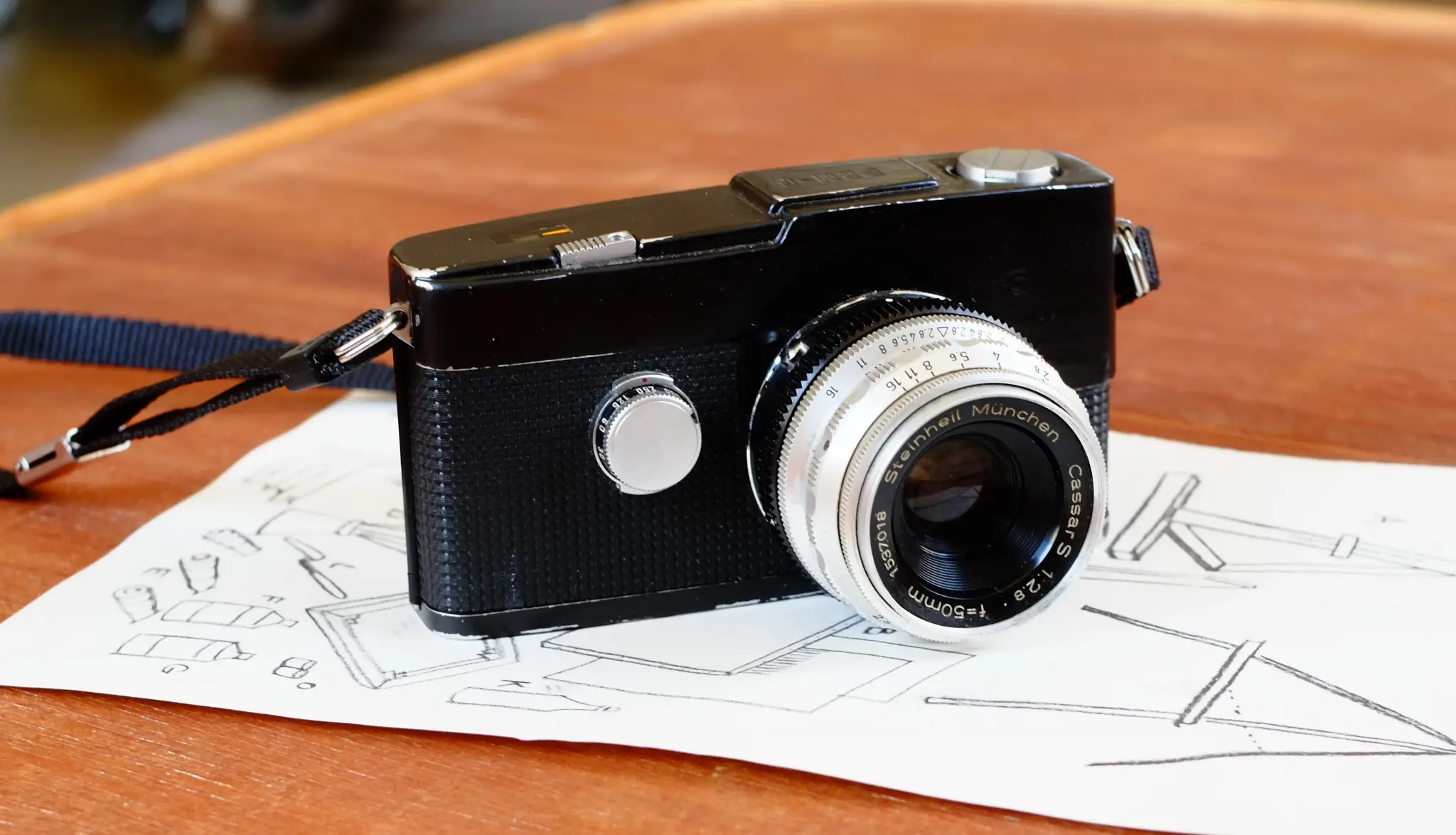
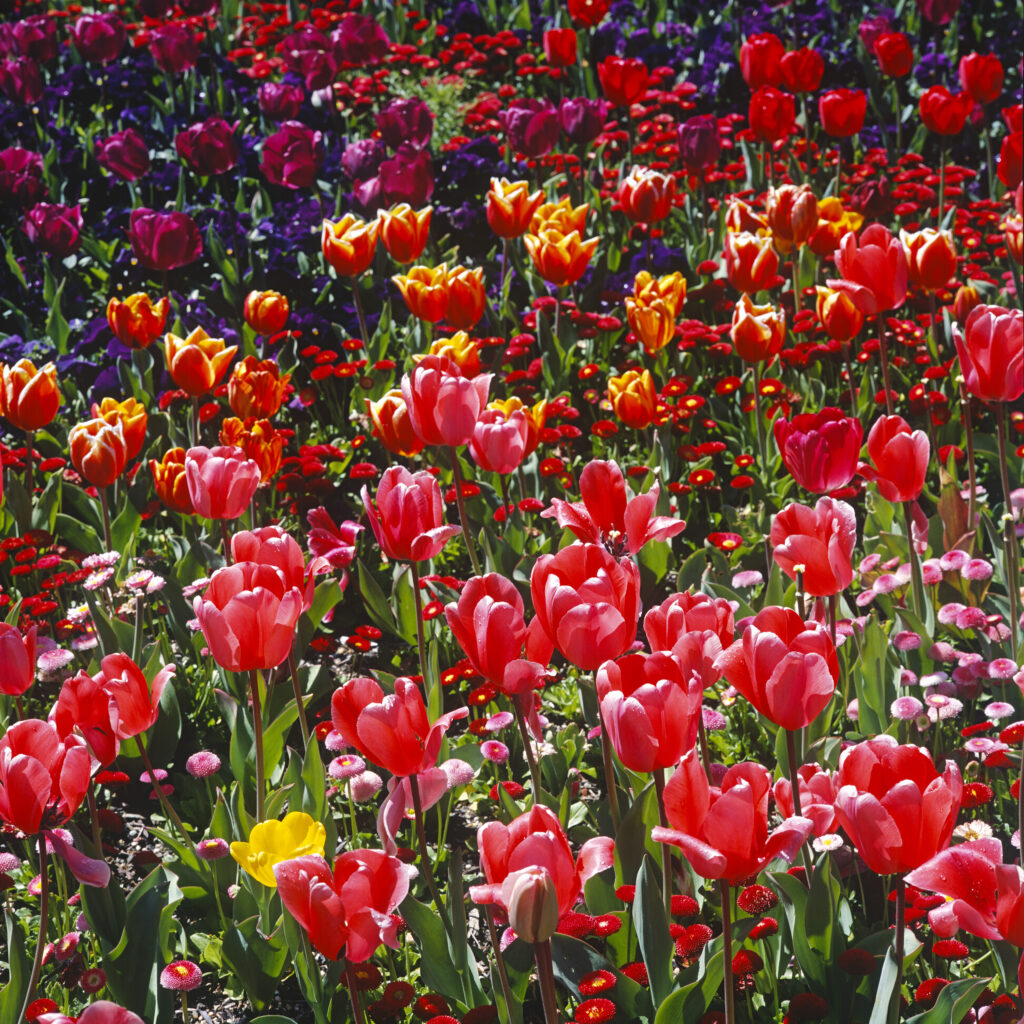
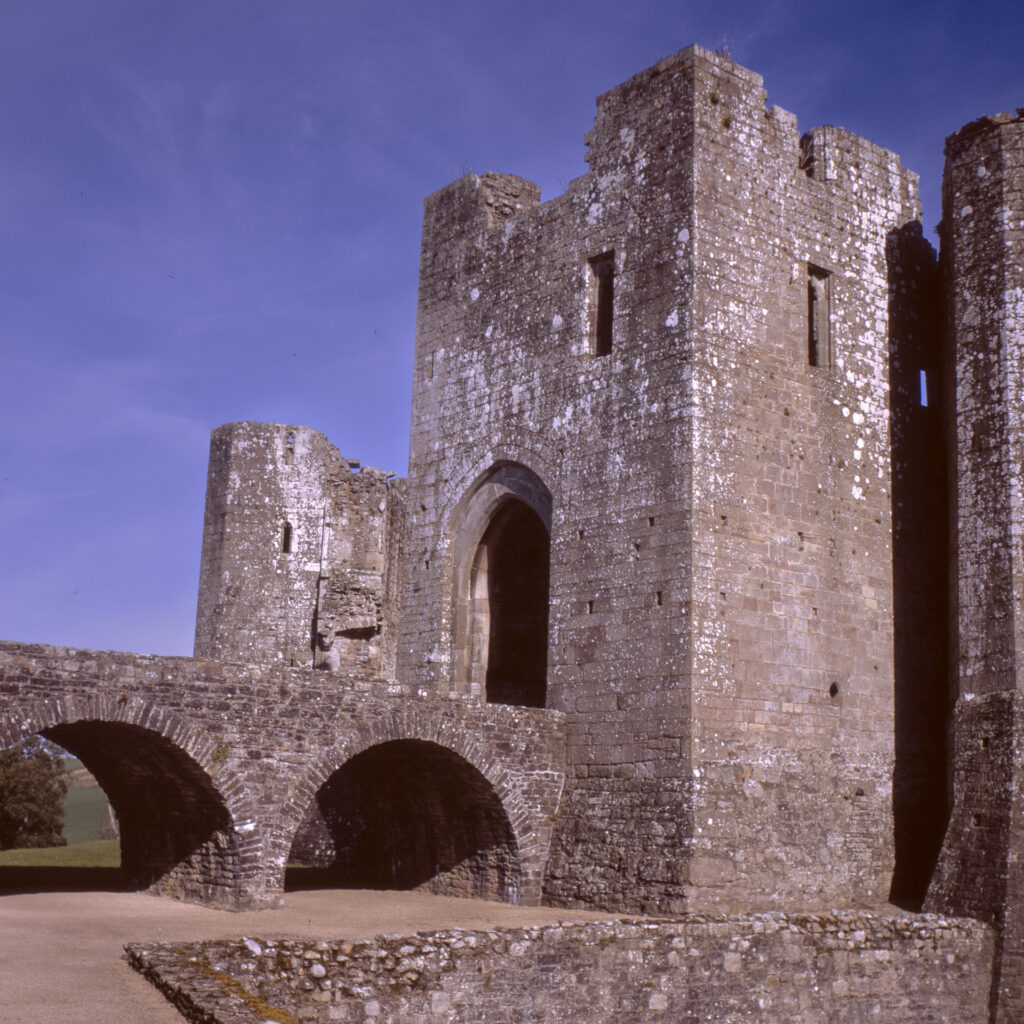
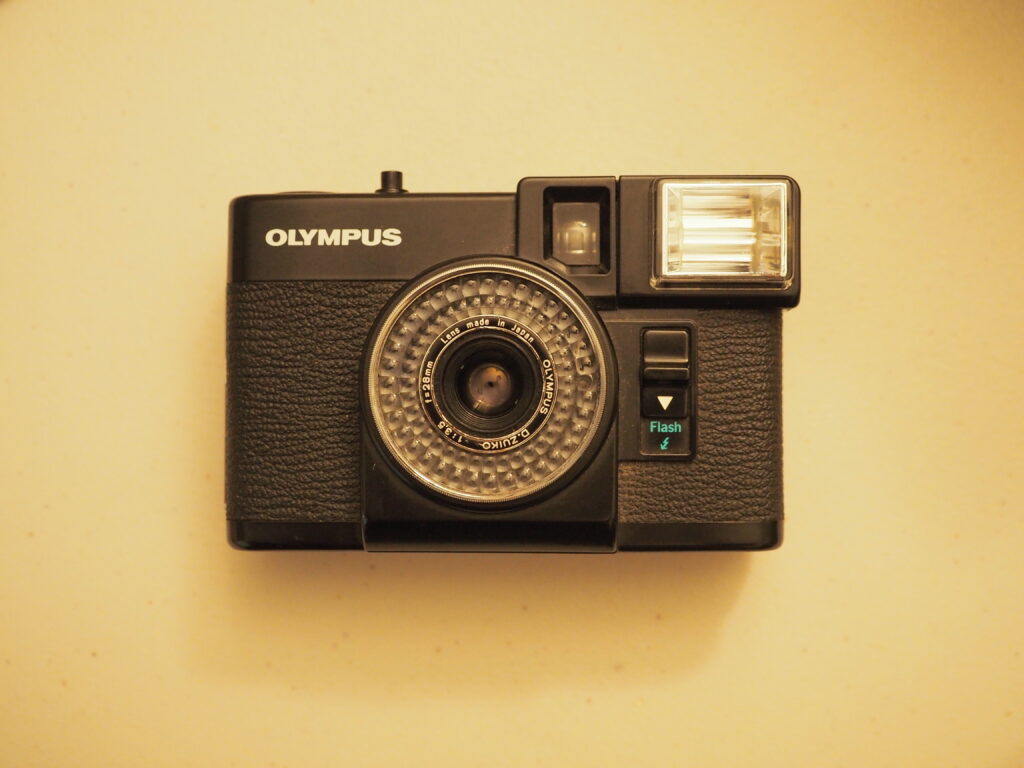





Comments
Louis Sousa on 5 frames with a Steinheil 50mm f/2.8 Cassar S lens – by Tobias Eriksson
Comment posted: 26/09/2018
Comment posted: 26/09/2018
Michael Kay on 5 frames with a Steinheil 50mm f/2.8 Cassar S lens – by Tobias Eriksson
Comment posted: 26/09/2018
Comment posted: 26/09/2018
ScottP on 5 frames with a Steinheil 50mm f/2.8 Cassar S lens – by Tobias Eriksson
Comment posted: 28/09/2018
Also, there's a bunch of grain, or noise, which isn't really normal for the Olympus. Did you add that in as a effect, or where you shooting at a very high ISO?
Not being negative at all, just curious.
Patrick on 5 frames with a Steinheil 50mm f/2.8 Cassar S lens – by Tobias Eriksson
Comment posted: 28/09/2018
Terry B on 5 frames with a Steinheil 50mm f/2.8 Cassar S lens – by Tobias Eriksson
Comment posted: 02/10/2018
It would help to know what film you used, as by these images it carries all the hallmarks of totally unsuitable developer/film combination and poor development technique, and/or being outdated. The images are flat, grainy and simply not sharp enough to give us any idea of what the lens could be capable of. I don't think it helps that you are trying to manually focus on a half-frame camera either. (Cards on the table, I'm not a fan of half-frame!) Some loss of quality could also be down to the scanned image. But my points all accumulate to what most old-school film photographers, such as I, would view as technically very poor quality.
Is my opinion tough on you? Perhaps, but not in the sense that we all need objective feedback from time to time to help us improve. Getting a decent negative is the first requirement, and it really isn't that difficult, but it does require proper exposure and paying close attention to correct development with an appropriate developer for the film being used. As I alluded to earlier, I don't know if this is reminiscent of your film output as a whole or not.
Regarding Edixa, they only started making slr's in the 1950's. It may be that you have confused them with Exakta, who did make the first 35mm slr, the KineExakta, in the mid-1930's.
Comment posted: 02/10/2018
Comment posted: 02/10/2018
Comment posted: 02/10/2018
Charlier Luc on 5 frames with a Steinheil 50mm f/2.8 Cassar S lens – by Tobias Eriksson
Comment posted: 27/08/2020
BUT : upon second look, there is a faintly visible « layer » of fungus on the inner surface of the frontal lens (at least, this is my impression) and I believe – strongly – that the cause of this whimsical attitude from one shot to another is to be found here.
One day, I will clean the optics and I think the pictures will greatly improve !
Comment posted: 27/08/2020